I've got a networking question for one of my customers servers in the cloud.
We are using just a standard 2012R2 VM with a few endpoints set up through the NSG Firewall, and we have a LoadBalancer infront of the network with a few ports forwarded to the same VPC.
The reason we are using a load balancer with port forwarding is because I'm finding countless records of bots trying to hit 3389 and 21 with attempts to break in.
So I have tried to change the source setting in the NSG rule to AzureLoadBalancer with the hope that it will only allow access to traffic that has come via the LoadBalancer on the external ports.
But for some reason this is not the case? Is there a proper procedure for restricting traffic to a VM via the NSG from a LoadBalancer?
Any help with this is greatly appreciated.
Thanks
